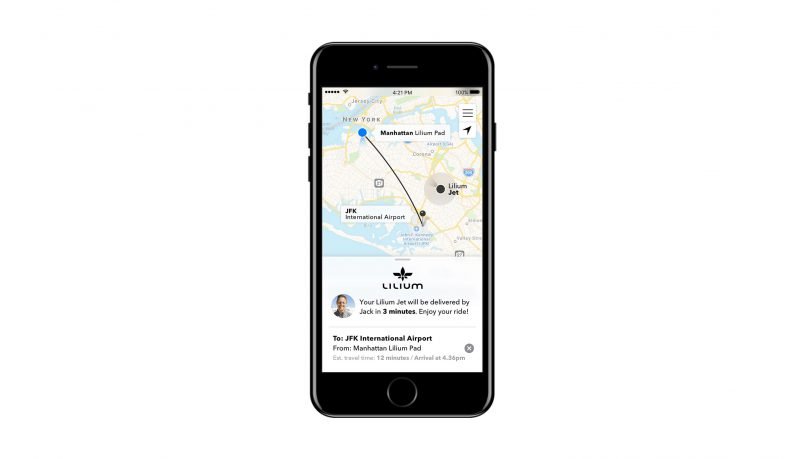Urban Rooftops May Well Become the New Airports

Last year, The Lilium Jet made its maiden flight. The makers of the small electric air taxi believe in a future where everyone can fly anywhere. Will Lilium transform urban rooftops into small communal airports?
The Lilium Jet is the world’s first electric vertical take-off and landing jet. It has a range of 300 km, it fits up to five people, and it can travel up to 300 km per hour with no noise and zero emission. Lilium aims to provide travel for everyone, at the same cost as riding a car. You don’t have to purchase the jet ourself. Lillium will introduce a pay-per-ride system in 2025 that will make jets available to you on demand.


We all remember those old renderings of the future cities with skyscrapers, no people on the streets, and a sky full of flying cars, zeppelins, planes and other objects. With Lilium, the future of the past is finally coming. Lilium is building on the future vision of Otto Lilienthal who experimented with personal gliders as early as 1894. His vision of a future in which we all are able to fly anywhere, whenever we want, might come true now.

As anyone will be able to order a flight on-demand, our urban rooftops might get a surprising new use. Lilium imagines a vast network of Lilum Pads in main areas of cities worldwide, where you can catch your flights. Instead of cramming yourself onto an over-capacity airport link train, metro or bus, you could fly to nearby destinations from a nearby rooftops. If the range extends, Lilium could turn popular short air routes like Seoul to Jeju, Sydney to Melbourne, London to Dublin and LA to San Francisco into zero emission routes.



